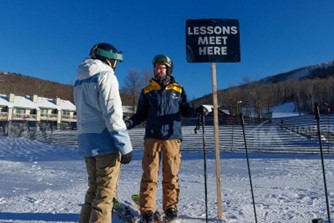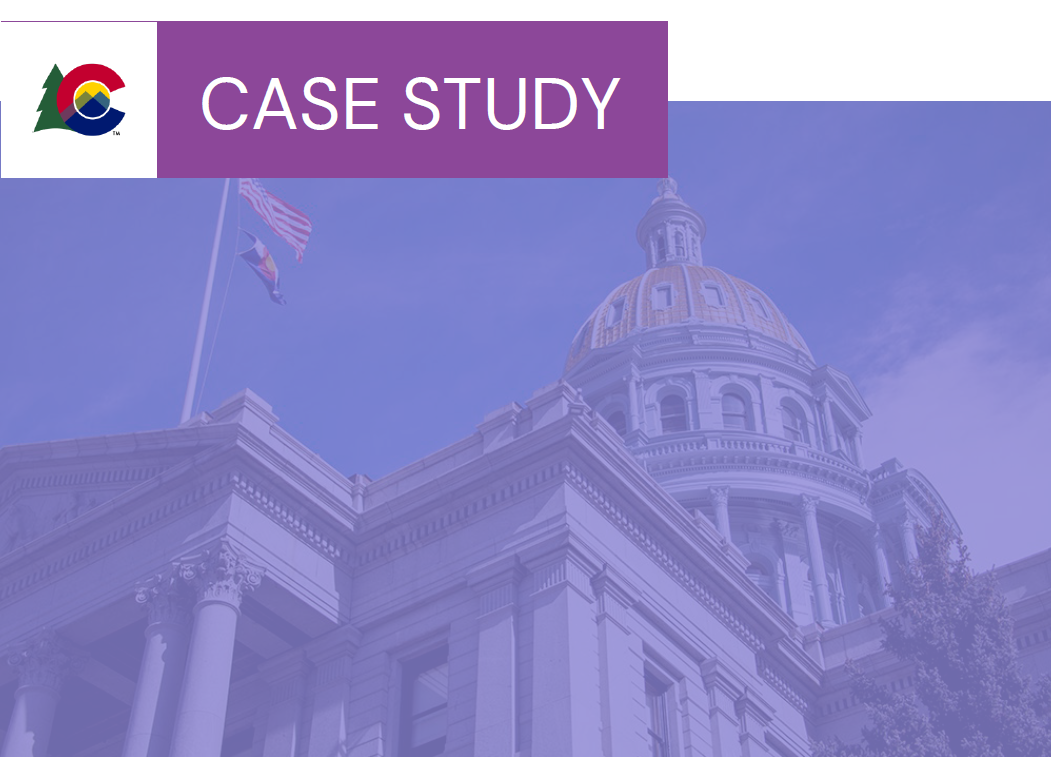Maryland Governor Larry Hogan kicked off the first of four stakeholder summits in Boston, as part of his 2019-20 NGA Chair’s initiative Infrastructure: Foundation for Success. He was joined by host Massachusetts Governor Charlie Baker as well as Rhode Island Governor Gina Raimondo and New Hampshire Governor Chris Sununu.
The summit focused on one of the four pillars of the Chair’s Initiative: congestion relief. It included nearly 200 state policy officials, industry leaders, academic authorities and research or policy experts.
During the summit, the governors discussed with expert panelists how states can support many transportation modes to reduce congestion, and how modern-day technology solutions can help alleviate congestion across the country. Attendees also participated in site visits of the Big Dig tunnels and the Massachusetts Highway Operations Center. Each of these provided insights into what Gov. Baker and his team at the Massachusetts Department of Transportation are doing to reduce congestion in his state.
A recent report by the Texas A&M Transportation Institute called the congestion problem “persistently growing and larger than ever.” In 2017, Americans in urbanized areas spent an extra 8.8 billion hours in congestion. That means 54 hours in congestion for the average auto commuter, increasing emissions and costing over $1,000 per person in wasted fuel and time.
Key ideas for governors included:
- Consider multiple modes of transportation and how they can all fit together to address congestion: roads, transit, micro-transit, airports, waterways, and rail.
- Explore how data and new technologies can help manage traffic flow or address first-mile and last-mile transit needs by facilitating carpooling and ride-sharing.
- Engage the community, be transparent with costs and timelines, schedule work for non-peak hours and seasons.
- Partner with the private sector to help address some of the risks associated with large projects and new technologies.
Media coverage of the summit included hits in the Boston Globe and Boston Herald; more coverage is available on the initiative website at: www.nga.org/infrastructuresuccess.













